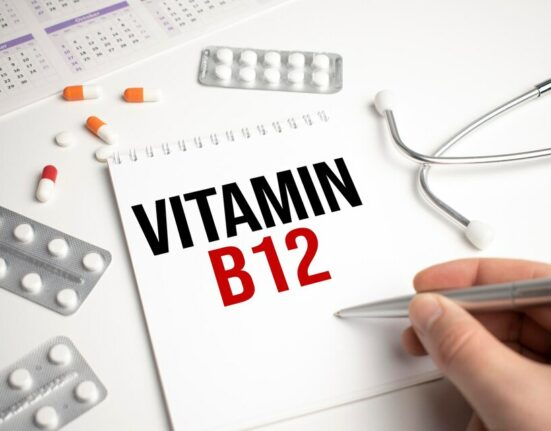HIPAA, the Health Insurance Portability and Accountability Act, plays a vital role in safeguarding patient information and privacy in the healthcare industry. Comprehending the fundamental components of HIPAA regulations is imperative for healthcare providers, organizations, and individuals responsible for managing sensitive patient information. This article will explore the five crucial elements that form the foundation of HIPAA regulations.
1. Privacy Rule
The HIPAA Privacy Rule, a fundamental aspect of healthcare data security, is created to protect the medical records and personal health information (PHI) of patients. It serves as a set of standards and guidelines governing who can access this sensitive information, under what circumstances, and the necessary precautions to protect patient privacy. One of the critical aspects of the Privacy Rule is the requirement for healthcare providers to obtain written consent from patients before disclosing their PHI. This consent empowers patients to determine who can access their health information, upholding the fundamental principle of preserving patient confidentiality. Compliance with the Privacy Rule is paramount to building trust between patients and healthcare providers while adhering to legal standards for the protection of healthcare data.
2. Security Rule
The HIPAA Security Rule, a critical component of healthcare data protection, works in conjunction with the Privacy Rule to provide a comprehensive framework for safeguarding patient information. This rule primarily centers on electronic protected health information (ePHI) security and details precise technical safeguards, policies, and procedures that healthcare organizations must put in place. By establishing these safeguards, the Security Rule plays a vital role in protecting sensitive patient data from breaches and cyber threats. Compliance with the Security Rule is essential for healthcare organizations to maintain the trust of their patients and the security of their electronic health records.
3. Breach Notification Rule
The Breach Notification Rule sets clear guidelines for healthcare organizations on how to handle data breaches. The primary aim of this rule is to ensure transparency and swift action in the event of a data breach, allowing individuals to take necessary precautions and maintain trust in their healthcare providers. It’s crucial for healthcare providers to fully comprehend the criteria for reporting breaches and the required notifications, ensuring they can respond promptly and effectively in the face of a data breach. Understanding these aspects is vital for preserving patient trust, adhering to regulations, and ensuring comprehensive data security. Healthcare entities are advised to establish a robust breach response strategy to effectively and efficiently manage any potential breaches.
4. Enforcement Rule
The Enforcement Rule is a crucial aspect of HIPAA regulations, responsible for investigating and enforcing compliance. It outlines the specific procedures and penalties associated with HIPAA violations, playing a pivotal role in ensuring adherence to the established regulations. Healthcare organizations must grasp the significance of this rule to avoid substantial fines and sanctions that can be levied for non-compliance. By understanding the enforcement mechanisms and the consequences of failing to adhere to HIPAA regulations, healthcare providers can proactively protect patient information and avoid potentially costly repercussions. Additionally, staying up-to-date with evolving enforcement practices and emerging threats in the healthcare data security landscape is essential. This proactive approach not only ensures regulatory compliance but also reinforces patient trust and the overall integrity of the healthcare system. Healthcare providers must view compliance not as a burden but as a cornerstone of responsible patient care and data management.
5. HITECH Act
The HITECH Act, although not an integral part of HIPAA, significantly bolstered HIPAA regulations, especially in the context of electronic health records (EHRs). Understanding the HITECH Act is vital for healthcare organizations and providers, particularly when adopting EHR systems and striving to achieve meaningful use of electronic health information. This legislation brought about key changes by introducing more stringent requirements for the secure handling of electronic protected health information (ePHI). Compliance with the HITECH Act is essential to ensure the interoperability, security, and privacy of electronic health records. It reflects the ever-evolving landscape of healthcare technology and underscores the importance of adapting to modern standards while upholding patient data security and privacy. Educational programs and a comprehensive HIPAA compliance package can aid healthcare entities in navigating the complexities of the HITECH Act to achieve meaningful and secure use of electronic health information.
Conclusion
Adherence to HIPAA regulations is an indispensable necessity in the healthcare sector. Understanding the Privacy Rule, Security Rule, Breach Notification Rule, Enforcement Rule, and the implications of the HITECH Act is essential for ensuring the privacy and security of patient data. Healthcare providers, organizations, and their staff must invest in training and resources to maintain HIPAA compliance.






